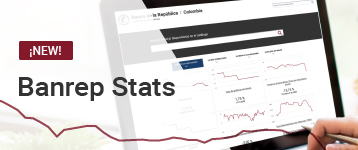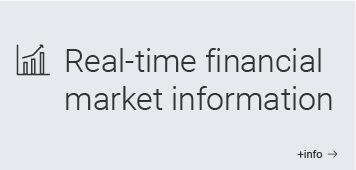Borradores de Economía - Forecasting Inflation from Disaggregated Data: The Colombian case
The series Working Papers on Economics is published by the Office for Economic Studies at the Banco de la República (Central Bank of Colombia). The works published are provisional, and their authors are fully responsible for the opinions expressed in them, as well as for possible mistakes. The opinions expressed herein are those of the authors and do not necessarily reflect the views of Banco de la República or its Board of Directors.
The series Borradores de Economía (Working Papers on Economics) contributes to the dissemination and promotion of the work by researchers from the institution. On multiple occasions, these works have been the result of collaborative work with individuals from other national or international institutions. This series is indexed at Research Papers in Economics (RePEc). The opinions contained in this document are the sole responsibility of the author and do not commit Banco de la República or its Board of Directors.
Abstract
Based on monthly disaggregated Consumer Price Index (CPI) item series and macroeconomic series, we explore the advantages of forecast inflation from a disaggregated to an aggregated level by aggregating the forecasts. We compare the performance of this approach with the forecast obtained modeling aggregated inflation directly. For the aggregate level, we implement some of the techniques and models, helpful to work with many predictors, such as dimension reduction, shrinkage methods, and machine learning models. Also, we implement traditional time-series models. For the disaggregated data, we use its lags and a set of macroeconomic variables as explanatory variables. Direct and recursive forecast techniques are also explored. The sample period of the analysis is from 2011 to 2022, with forecasting and evaluation out of the sample from 2017. In addition, we evaluate the forecast accuracy during the COVID-19 period. We found a reduction in the forecast error from the disaggregate analysis over the aggregate one.



















































